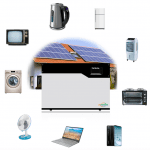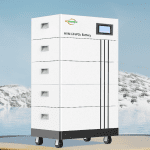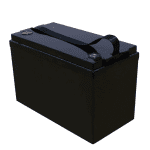When we communicate with users of the 200ah 5kwh powerwall li ion battery, in addition to asking about the product price and features, they also ask about the efficiency level of the 200ah 5kwh powerwall li ion battery. To answer this question, we will answer your questions below to understand the efficiency level and its functions and advantages. Allows you to purchase the 200ah 5kwh powerwall li ion battery without worries.
What is a battery’s efficiency rating?
First of all, everyone should understand the efficiency level of the battery. Their effectiveness in converting input energy into output energy while minimizing losses is a basic battery performance indicator. It can be used as a reference indicator of battery function, lifespan, and economic feasibility. Efficiency is usually expressed as a percentage, expressing the ratio of output energy to input energy, showing how much is lost during the charging and discharging of the battery. It also reflects how much energy stored in the battery can be retrieved and utilized. A battery’s efficiency rating is generally affected by its chemistry, design, operating conditions, and management system.
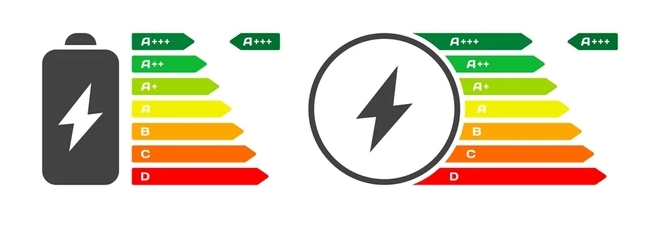
What is the efficiency rating of the 200ah 5kwh powerwall li ion battery?
The efficiency of a 200ah 5kwh powerwall li ion battery is usually 90% to 95%, which means that when their charge and discharge rates, temperature, and state of charge are all under normal conditions, about 90% to 95% of the energy will be effective storage. Compared with other battery technologies, the 200ah 5kwh powerwall ion battery has a low self-discharge rate, high energy density, minimal memory effect, and higher efficiency.
Maintain optimal charging and discharging protocols!
Once you know the efficiency rating of the 200Ah 5kWh Powerwall lithium-ion battery, you also need to know how to maintain it to maintain the best efficiency rating. The first thing is to get the best charge and discharge protocol. Although they are capable of deep discharge like lithium-ion batteries, using them over time will reduce the health and efficiency of the battery. So, we want to keep their state of charge above 20% to 30% to avoid deep discharge. Additionally, a moderate state of charge, such as 20% to 80%, can reduce the effects of aging and increase overall efficiency. So, to summarize, the first point is to avoid fast or high-current charging.
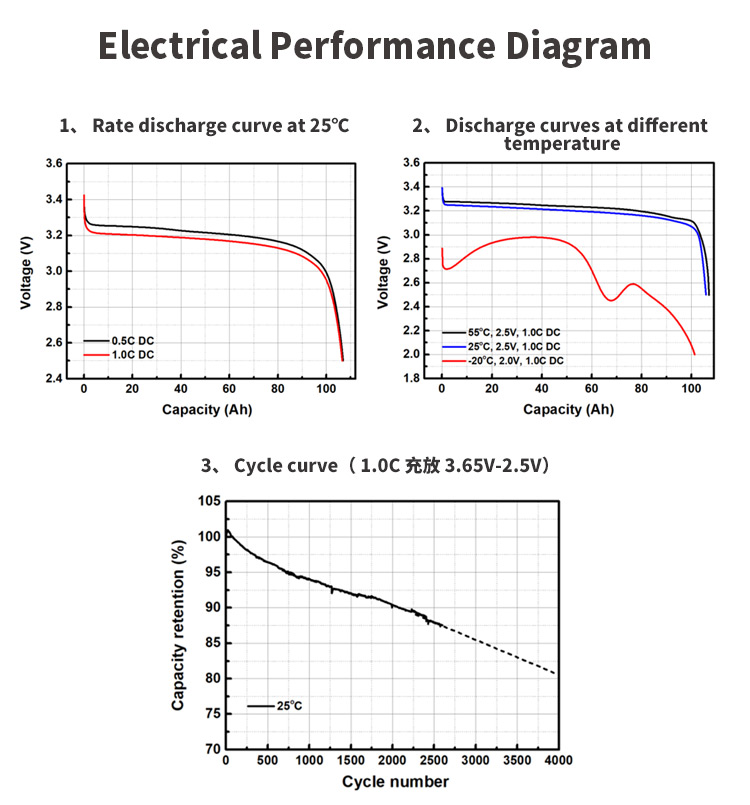
Perform temperature management
The second point is to manage their temperature to keep it within the optimal temperature range. Their optimal temperature range is generally maintained at charging 0~60*C; discharging -20℃~65℃. Outside this range may result in reduced efficiency and damage to the battery. At the same time, extreme temperatures can severely impact its performance. Therefore, we must ensure that the environment around the battery is well-ventilated and installed in a cool place. The last point is that a thermal management system can regulate the temperature effectively.
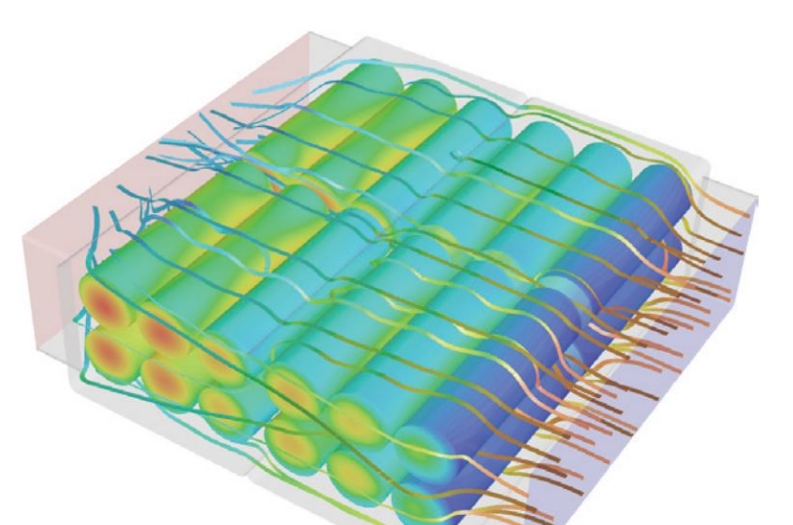
The overall design of 200ah 5kwh powerwall li ion battery
The final point concerns their overall design. Their battery configuration, size, and arrangement will play a key role in determining the overall efficiency of the battery system. Batteries are typically divided into multiple modules, each containing multiple cells connected in series and parallel configurations. This design ensures balanced charging and discharging between cells to affect efficiency. The other is their outer packaging and shell. Shells with sufficient insulation properties can maintain a stable operating temperature, reduce the risk of overheating, and improve efficiency.
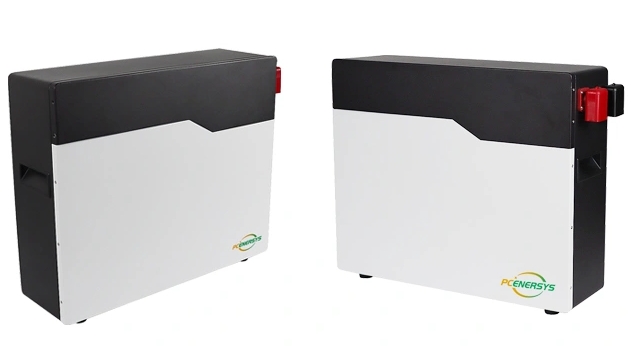
Benefits of High-Efficiency Levels
The high-efficiency rating of the 200ah 5kwh powerwall li ion battery ensures that most of the stored energy is utilized when needed, allowing users to extract more usable energy from the battery. This also translates into lower energy costs for users through energy utilization. The high efficiency also enables users to achieve greater energy independence by storing renewable energy sources such as solar panels. Finally, their high-efficiency ratings make them suitable for various applications, from residential to commercial enterprises and even utility-scale projects.





